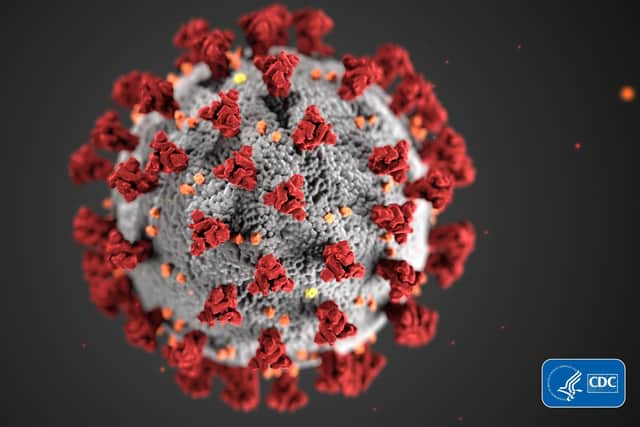Coronavirus: What the R number and growth rate is for Portsmouth and the south east
and live on Freeview channel 276
The R number
The R number shows how the virus is reproducing – so how many new cases are caused by one infected person. If it stays below one, then the overall number of cases will begin to dwindle.
From figures released on Friday, September 4, for the south east, including Portsmouth and surrounding area, it is 0.8 to 1.0, so slightly better than the rest of the country – on average.
Advertisement
Hide AdAdvertisement
Hide Ad

Previously for the south east it was 0.9 to 1.1 on August 28, and it was 0.8 to 1 in figures released on August 21.
For the UK as a whole the R number range is now 0.9 to 1.1.
The growth rate
The growth rate shows whether the stats indicate that the number of new infections is shrinking or growing each day.
For the south east, the growth rate is between -4 and +1, which means the number of new cases is somewhere between decreasing by four per cent and growing by one per cent. The UK growth rate range is -1 per cent to two per cent a day.
Both the R number and the growth rate come from analysing averages to look for trends, so are not intended to be an accurate count.
Advertisement
Hide AdAdvertisement
Hide AdAnd for both numbers in the south east, the government’s Office for Science and the Scientific Advisory Group for Emergencies has warned that as cases are relatively low at the moment, there is not enough data to base policy decisions on.